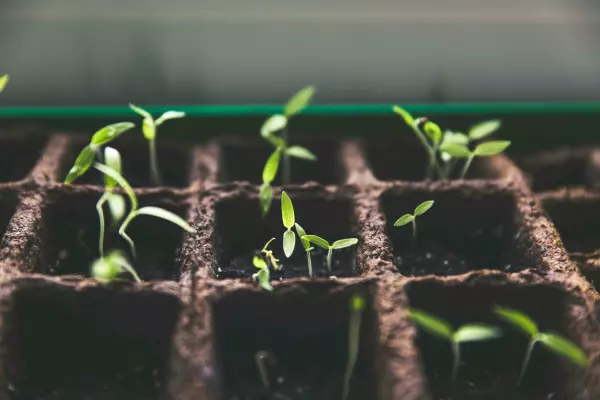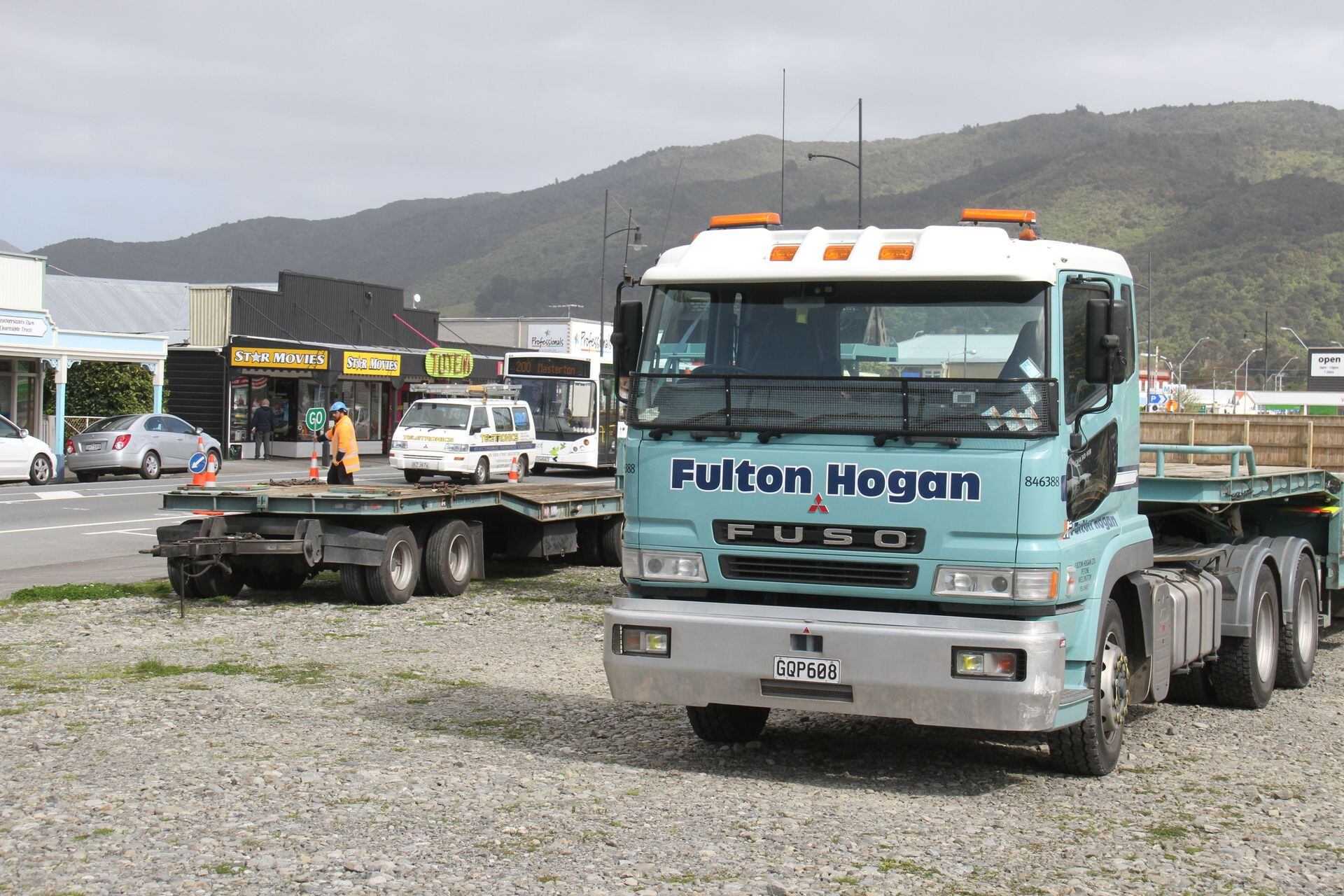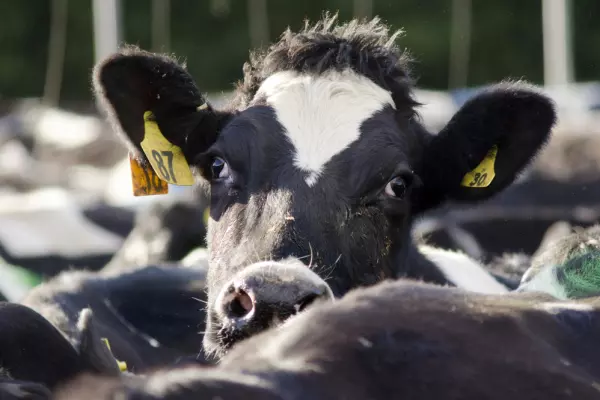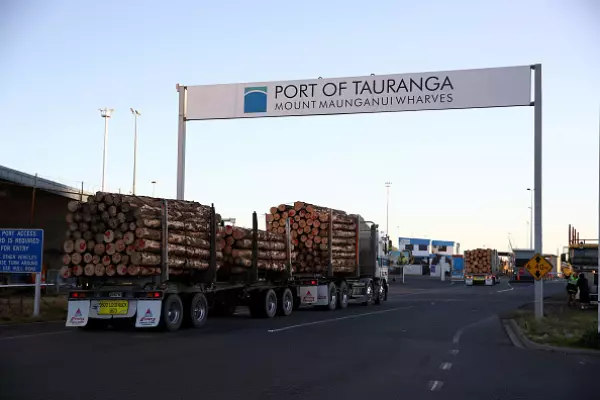Sheep and beef farmers are trying to work out the impact of a possible 24% hit to revenue from the government’s tax on agriculture emissions.
It’s no small task.
“It is really hard to ascertain what the heck it all means,” said Phil Weir, who farms a 240-hectare dry stock property on the slopes of Mount Pirongia, 30 minutes from Hamilton, with his wife Megan.
The government is consulting on a proposed agricultural emissions pricing system that will kick off in 2025. The proposal is a response to one put forward by the He Waka Eke Noa partnership, which brought together industry and government and Māori agribusiness partners.
Weir has done work to calculate what the farm’s emissions are and calculated what the levy might look like, based on current prices.
Initially, there are multiple assumptions in the proposal and depending on which one you use, the maths is quite different. It looks like something the farm could “handle”, he said.
Fear
“The risk or the fear is that you can sort of swallow some of the payments now, but with such unpredictability about where a price goes, does it mean that we are out of business in five years, or 10 years?” he asked.
Government modelling said revenue could fall between 18% and 24% for sheep and beef, depending on the price.
“You see the numbers that say you go to hell in a handbasket and then you try and work out the numbers yourself,” he said. “Is my best decision to get out now, or keep going? I just don’t know the answer to that.”
Things are complicated from the outset.
According to ANZ agri economist Susan Kilsby, one problem for farmers is the sheer number of ways to calculate emissions.
“At the moment there are about nine different calculators – which all have slightly different results. This needs to be whittled down to one system by the time payments need to be made.”
Under the government’s proposal, farmers would have a legal responsibility to report emissions each year using a single calculation engine and simple reporting method.
Separate levy prices will be set for long-lived gases and biogenic methane.
Long-lived gas prices will be set annually and linked to the New Zealand Unit (NZU) price, with a proportional discount.
The biogenic methane levy would have a unique price that is adjusted based on progress towards domestic methane targets.
Regardless of which tool you use, said Weir, “you look at the numbers and you think there’s going to be a massive reduction in profitability and production from sheep and beef farmers”.
Why?
According to Weir, the first question you have to ask is why?
“It all feels a bit unfair because we as sheep and beef farmers would generally portray ourselves as being environmental good guys,” he said.
A key issue for Weir is the fact that some of the options for sequestration have been removed.
“That’s the only lever we’ve got.”
Under the government’s proposal, several categories have been removed – small perennial cropland, scattered forest, shelterbelts, woodlots and tree-lots.
According to Weir, NZ farms are not huge swathes of flat land but tend to have dips and gullies that are suited for planting. These aren’t quite a hectare but “a couple of footy fields, two or three footy fields”, he said.
Those get fenced off and protected.
“The hope was that this would give us some sort of credit at a farm level. It’s a bit grey what’s coming out at the moment."
The main question, he said, is how can he can pragmatically reduce the farm's emissions while still being profitable.
One option is to grow the animals faster, which would mean they have a shorter emissions life span.
“As long as it's still profitable, that would be an incentive. The challenge is that it appears that it will be difficult to be rewarded for that,” he said.
It's also expensive. On the sheep side of the equation, government modelling shows the cost of low-emissions sheep ranges from $15 to $22.50 per sheep, above the cost of normal sheep.
Tight margins
The big challenge for the dry stock industry is that margins are already tight, he said.
While he has significant land assets, “we do have a pretty big obligation to the people at the bank” and “we need to meet the production levels to make our business go around”.
Weir said, “A farm might be slightly impacted by a couple of percent in the short term but if that goes up to 10, 15 or 20%, that’s terminal for any business, particularly one that isn’t overly profitable in the first place.”














